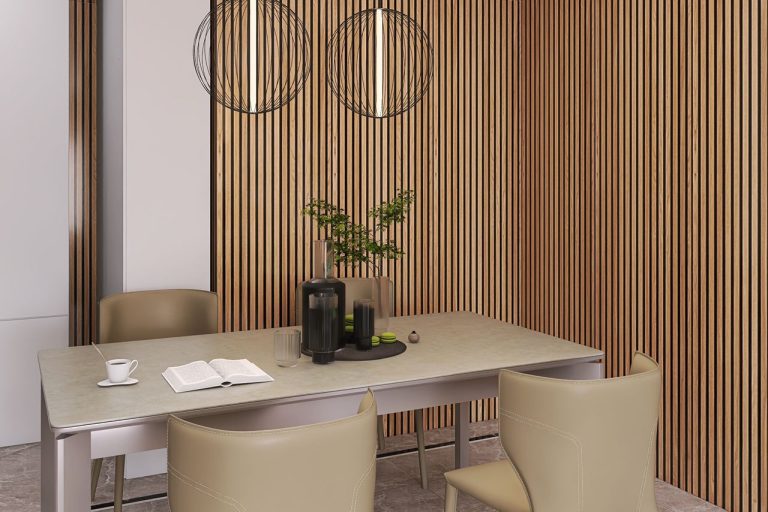As soon as the preliminary excitement of dating become a committed relationship, the concepts of sustainability have to progress from date-night choices into everyday way of living habits. Sustainable long-lasting connections in London are built on common worths that translate right into exactly how you handle your home, financial resources, and future together. This final stage is where true compatibility in eco-consciousness is checked and sealed, turning an enchanting preference into a unified lifestyle according to https://www.thecoffeemom.net/how-to-bounce-back-to-dating-after-a-divorce/.
Keeping an eco-friendly relationship in a major city implies finding harmony between urban life and ecological duty. It involves a continual discussion regarding shared goals– from lowering house waste to making joint decisions on major acquisitions, all watched with a lasting lens.
Harmonising Your Home Life
Your common space comes to be the key laboratory for your sustainable partnership. Tiny, consistent routines make the biggest difference:
Waste Management: Establishing a clear, efficient system for reusing and composting ends up being a common job and a day-to-day sign of your commitment. Talking about just how to reduce food waste, perhaps by dish prepping together or freezing leftovers, turns an ordinary task right into a joint effort according to https://www.reveriepage.com/blog/stepping-into-the-world-of-luxury-the-qualities-of-vip-escorts.
Energy Usage: London homes can be energy-intensive. Discussing and carrying out energy-saving actions, such as switching to an environment-friendly energy distributor, mounting LED light bulbs, and bearing in mind switching off devices, comes to be a joint financial and ecological objective. A fun, lasting routine could be setting up a ‘low-power night’– a date evening lit by candle lights and powered by conversation.
Mindful Usage: Make joint commitments to lower the influx of brand-new items. Prior to acquiring anything brand-new, adopt a “requirement vs. want” filter, and check pre-owned options first. This puts on everything from clothes to home style. Checking out charity stores or utilizing online systems for pre-loved goods together makes acquiring products a shared, sustainable hunt as opposed to a solo, impulse acquisition.
Financial Sustainability and Future Preparation
Money is a constant point of friction in Relationship, however, for lasting pairs, it is an opportunity for positioning. Straightening your financial resources with your worths is an effective kind of dedication:
Ethical Financial and Investment: Talking about where your cash is held and spent is essential. Relocating joint accounts to banks that do not money nonrenewable fuel source tasks is a significant, high-impact option. If you choose to invest together, focus on ethical funds that focus on clean power, sustainable infrastructure, or socially accountable companies.
Shared Budgeting for Environment-friendly Products: Create a joint budget plan that prioritises purchasing high-grade, resilient, and morally generated products over inexpensive, non reusable items. While the first expense might be greater, the lower environmental footprint and higher longevity make it a wise choice for the future.
Travel and Relationship Turning Points
As you celebrate milestones, keep sustainability at the forefront. For wedding anniversaries or significant dates, pick experiences over pricey, worldly gifts. Instead of a flight-heavy journey, take into consideration a low-carbon ‘staycation’ discovering a new part of the UK using train, or a neighborhood experience like a ceramic class or a theatre program.
If long-distance traveling is required, dedicate to balancing out the carbon footprint of your flights through a trustworthy plan and making conscious selections regarding holiday accommodation (e.g., selecting environment-friendly or locally-owned accommodations).
Inevitably, a lasting relationship in London is about creating a dialogue and a common future where every major decision– from selecting a sofa to preparing a holiday– is filtered through the lens of environmental impact. This deep, constant commitment to a greener way of living enhances your bond, making sure that your romance is not only personal and intimate however likewise responsible and future-proof. By purposely making these options, you create a partnership that profits yourselves, your neighborhood, and the earth you call home.








